The Elder Scrolls includes two major groups of gods: the Aedra and the Daedric Princes. The Daedric Princes are generally considered to be the “bad” gods, but this isn’t entirely accurate. The Daedric Princes are among the most powerful and unpredictable forces in Tamriel, and they earned that reputation because of their willingness to deal with mortalkind. The Daedric Princes have gone on to shape Tamriel’s history a number of times, as seen in The Elder Scrolls and The Elder Scrolls Online.
This tier list ranks them based on their impact on the series, their role in shaping Tamriel’s history, and their artifacts. For example, Sanguine may not have a role to play in world-changing events, but his quests are always memorable, and he’s generally well-regarded by players. Others may have had a big impact on the story, but didn’t quite realize their potential, and so were ranked lower.
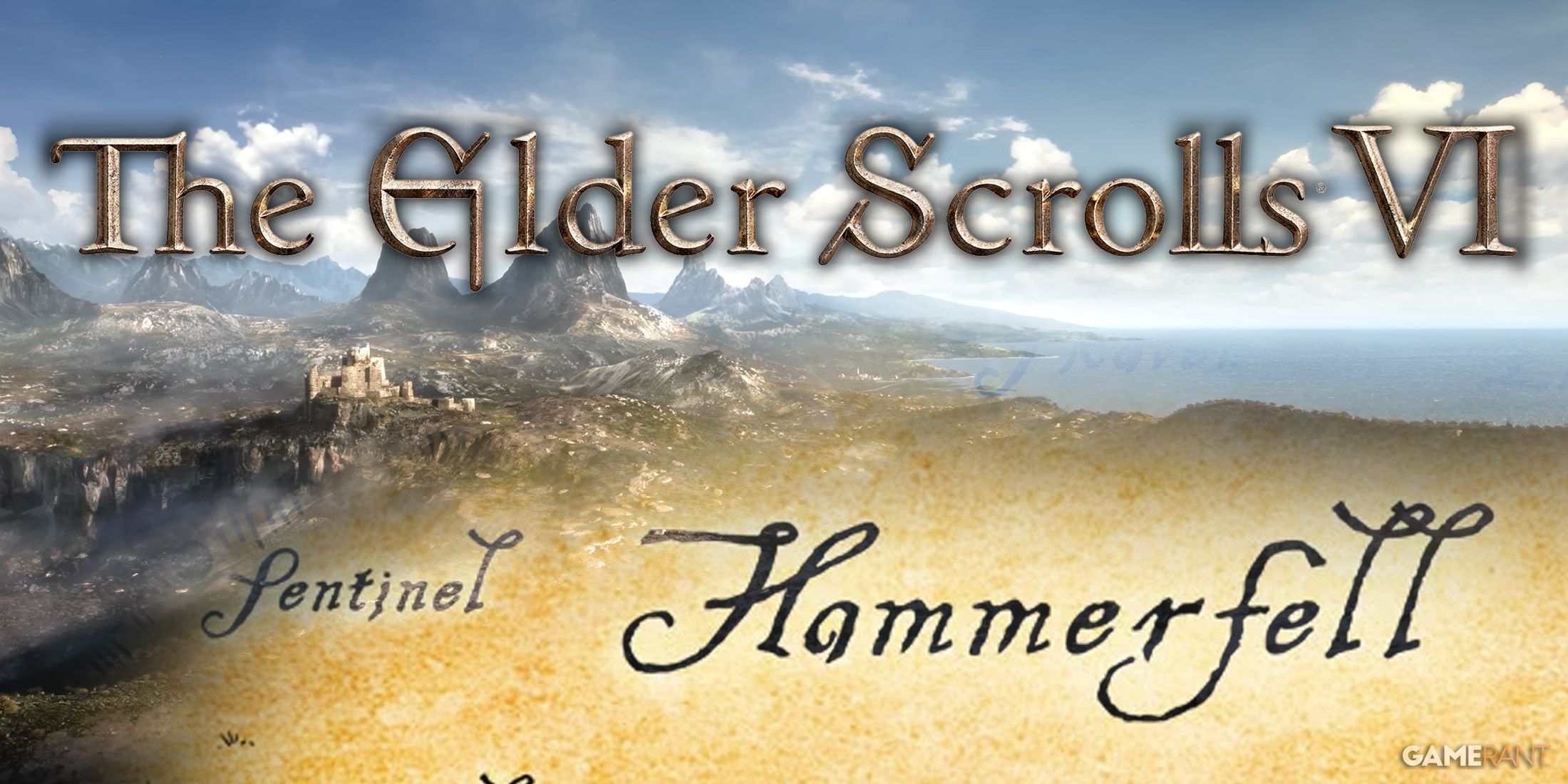
Related
The Elder Scrolls 6 Taking Place in Hammerfell Could Be a Boon for One Unique TES Race
Moving The Elder Scrolls 6’s setting to Hammerfell as rumors claim would offer the opportunity to showcase a controversial ESO race.
S-Tier: High Impact and High Reward
- Sheogorath
- Azura
- Mehrunes Dagon
- Hermaeus Mora
Despite his relatively unimportant domain of Madness, Sheogorath has played several major roles in The Elder Scrolls stories and within its lore. In Morrowind, Sheogorath is notable for having sent down the asteroid that hangs in stasis above Vivec City, and he plays a significant role in Elsweyr and the religion of the Khajiit. In The Elder Scrolls stories, Sheogorath is one of the main characters of Oblivion‘s expansion pack Shivering Isles, where Oblivion‘s protagonist, the Hero of Kvatch, actually becomes Sheogorath for all future The Elder Scrolls games, including Skyrim.
Azura is the Prince of Dusk and Dawn, and plays a major role in Morrowind. Nerevar is reincarnated as the Nerevarine because of Azura, and she’s regarded across Tamriel as one of the more benevolent Daedric Princes. Azura’s most famous Daedric artifact, the Star of Azura, is also one of the most useful items in The Elder Scrolls and functions as an unbreakable soul gem.
Mehrunes Dagon and Hermaeus Mora have both also played major roles in The Elder Scrolls, both in the mainline games and in The Elder Scrolls Online. Mehrunes Dagon’s plan to invade Mundus in Oblivion ultimately failed, but resulted in the end of the Septim line, the destruction of the Amulet of Kings, and the end of the Dragonborn until the appearance of the Last Dragonborn hundreds of years later. Hermaeus Mora would take a larger role during the Dragonborn Crisis, as well as during The Elder Scrolls Online.
A-Tier: Shaping Guilds and Cultures
- Nocturnal
- Hircine
- Sanguine
- Malacath
- Boethiah
Nocturnal and Hircine are the patron deities of the Thieves Guild and the Companions respectively. While the worship of both of these deities is not widely known throughout these organizations, the leaders of the Thieves Guild and Inner Circle of the Companions are aware of the influence of Nocturnal and Hircine respectively. Nocturnal’s Cowl and her Skeleton Key are two popular and powerful Daedric artifacts of Nocturnal, while the Ring of Hircine and the Savior’s Hide are two of Hircine’s. Hircine is also the source of lycanthropy in The Elder Scrolls.
Sanguine may not be the most powerful Daedric Prince, and he hasn’t played a major role in any storyline in The Elder Scrolls, but he stands out for his entertaining quests. Sanguine’s Daedric artifact, the Sanguine Rose, can summon a leveled dremora and, at its highest level, can summon a dremora at a higher level than can be conjured with a spell, making it an incredibly useful item. Martin Septim was once the chosen of Sanguine and the owner of the Sanguine Rose, an interesting lore detail about the last Septim Emperor.
Malacath has a turbulent history and plays a crucial role in The Elder Scrolls‘ lore. During the Merethic Era, he was known as the Aldmeri god Trinimac, but was turned into the Daedric Prince Malacath by Boethiah. Trinimac’s followers, who were Aldmeri at the time, would become the Orcs.
Boethiah is another one of the more violent and evil of the Daedric Princes, although they’re worshiped as one of the Three Good Daedra by the Dunmer because of their role in creating Dunmeri society by leading the Chimer out of the Summerset Isles. They take a further role in Dunmeri society, and are largely credited for much of the Dunmer’s unique culture. Boethiah’s artifacts, notably the Ebony Armor, are also incredibly useful and powerful.
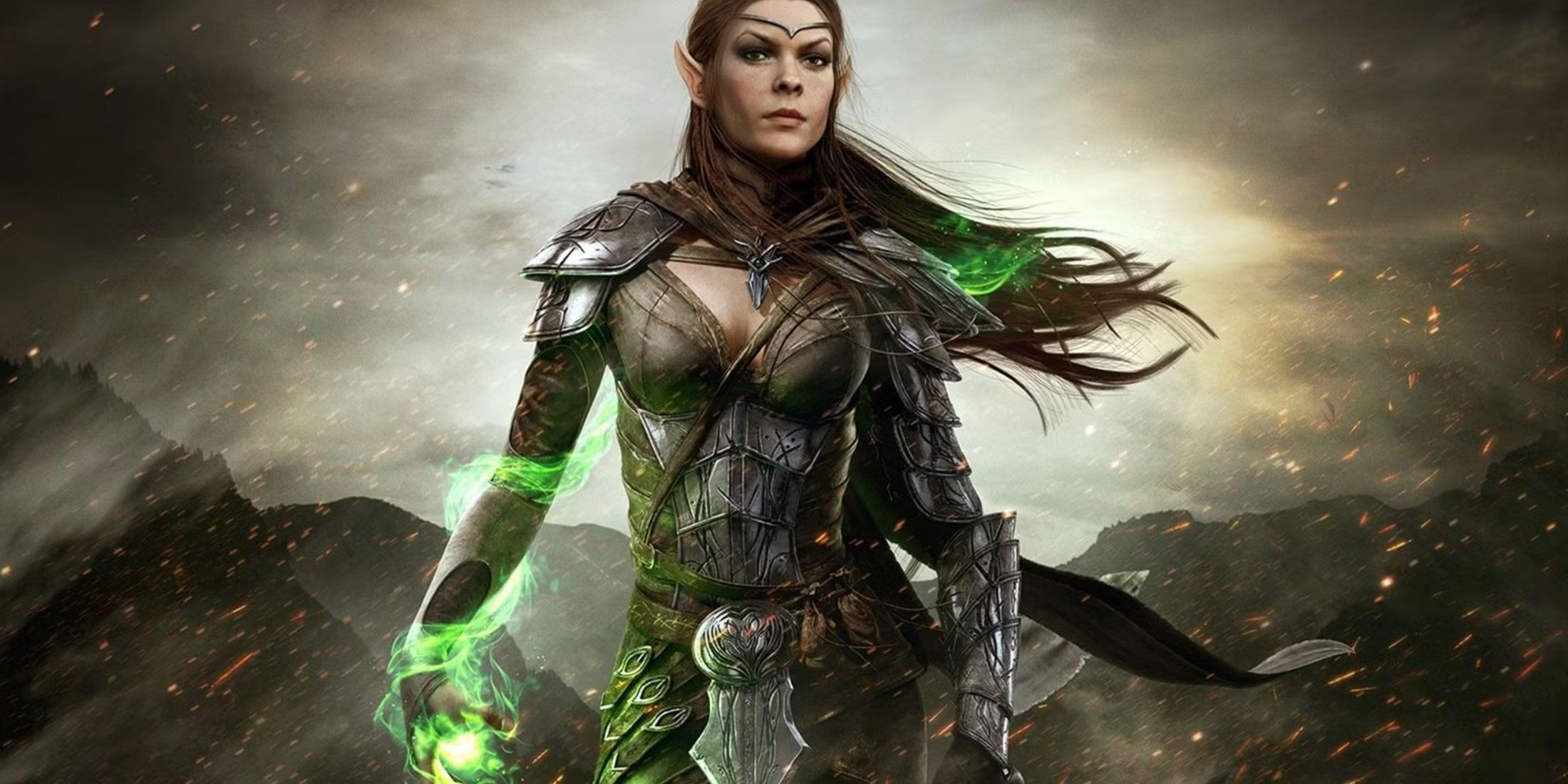
Related
Why The Elder Scrolls’ Take on Elves Stands Out in the Fantasy Genre
Elves have been a staple of the fantasy genre for generations, but The Elder Scrolls’ elves have something unique that other stories don’t.
B-Tier: A Mixed Group of Daedric Princes
- Molag Bal
- Meridia
- Vaermina
- Clavicus Vile
Molag Bal is one of the evil Daedric Princes, and is credited with creating vampirism, although Clavicus Vile also created his own strain of vampirism without the violence. As the primary antagonist of The Elder Scrolls Online, Molag Bal plays a significant role in shaping the history of Tamriel.
Meridia stands apart as a Daedric Prince who could be considered to be truly “good”. She hates the undead, and works against them and all who champion them. Meridia plays a major role in the fight against Molag Bal in The Elder Scrolls Online, and becomes a key ally.
Vaermina is also considered to be one of the few truly evil Daedric Princes. Her domains are nightmares, terror, and evil omens. As one of the primary antagonists of one of the major regions of The Elder Scrolls Online, as well as one of the few to remember the Daedric Prince Ithelia, Vaermina’s role in The Elder Scrolls hasn’t been as significant as it could be, but she has been influential in some areas.
Clavicus Vile is the Daedric Prince of Trickery and Bargains, and is unique in that he shares half his power with his dog, Barbas, with whom he shares an on-and-off friendly relationship. His unique design, relationship with his dog, and artifact Umbra make Clavicus Vile one of the more popular Daedric Princes.
C-Tier: An Unsolved Mystery
Mephala is considered one of the Three Good Daedra by the Dunmer, but she’s widely feared by the rest of Tamriel. Because of her connections to the Morag Tong and her domain of lies, secrecy, and murder, some believe there’s a link between Mephala and the Morag Tong. In contrast, Peryite is widely considered the weakest of the Daedric Princes, and rarely appears to mortals. His artifact in Skyrim, Spell Breaker, is a great shield that’s incredibly useful, and his unexpected ability to remember Ithelia makes him worth watching for future The Elder Scrolls appearances.
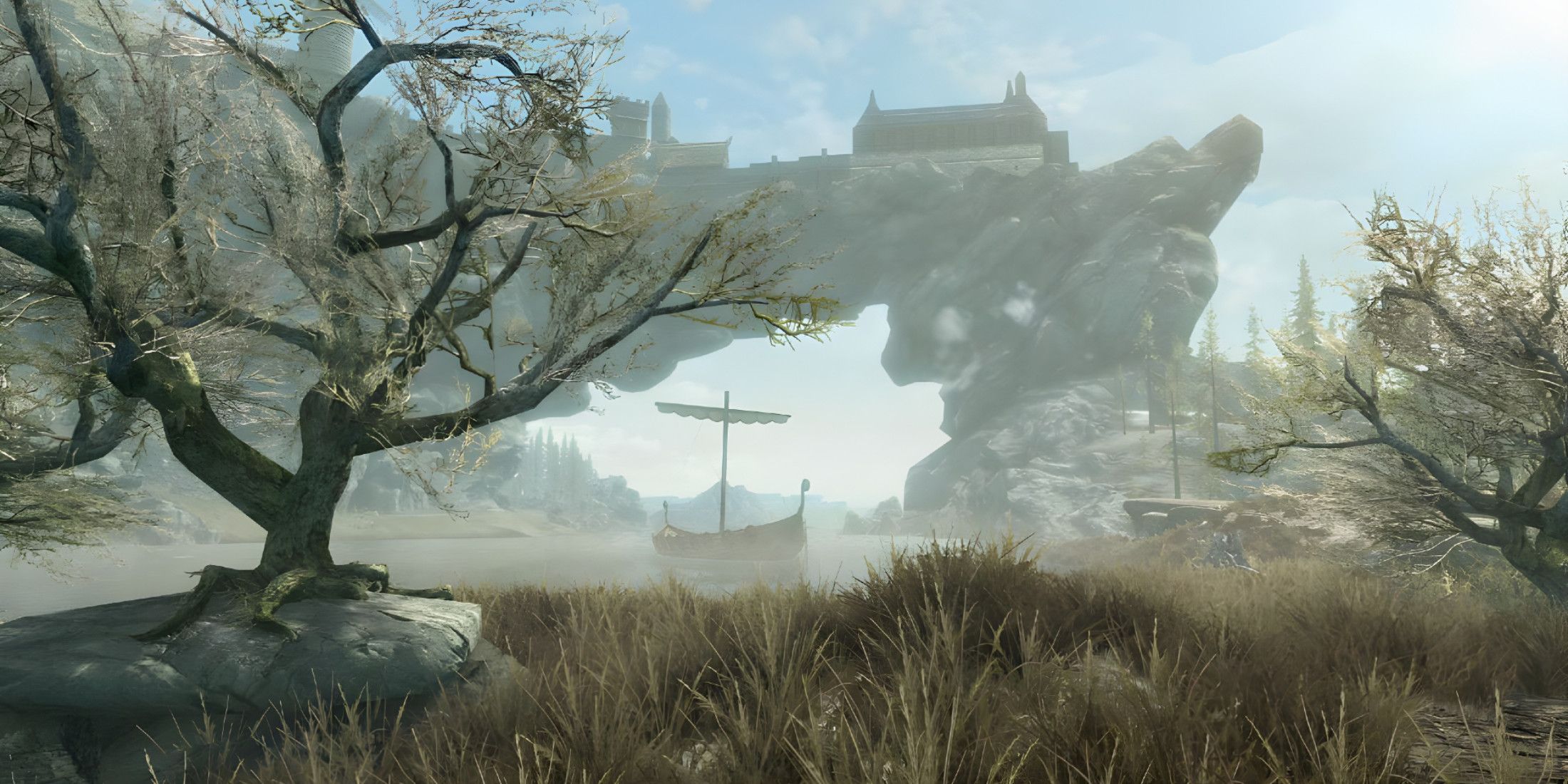
Related
The Elder Scrolls 6 Could Learn From The Series’ Modding Trends
The Elder Scrolls 6 ought to borrow a bit from its generous modding community, implementing some long-running, unofficial features.
D-Tier: Potential Not Quite Reached
Both Jyggalag and Ithelia are Daedric Princes that were made to be forgotten by the world at large. Jyggalag was replaced by Sheogorath, while Ithelia was imprisoned and then everyone’s memories of her were collectively erased. While Jyggalag and Ithelia could both be incredible Daedric Princes and characters, their brief appearances and lack of realized potential keep them at the bottom of the list.
Namira is the Daedric Prince of decay. She hasn’t played a major role in any of The Elder Scrolls‘ stories, and her gruesome but rather unimportant domain of cannibalism, rot, insects, and repulsive creatures implies she’ll remain on the sidelines. Her main artifact, the Ring of Namira, doesn’t have a great effect in Skyrim, and she’d need to either have a new artifact or an overhaul in The Elder Scrolls 6 to move up a spot.
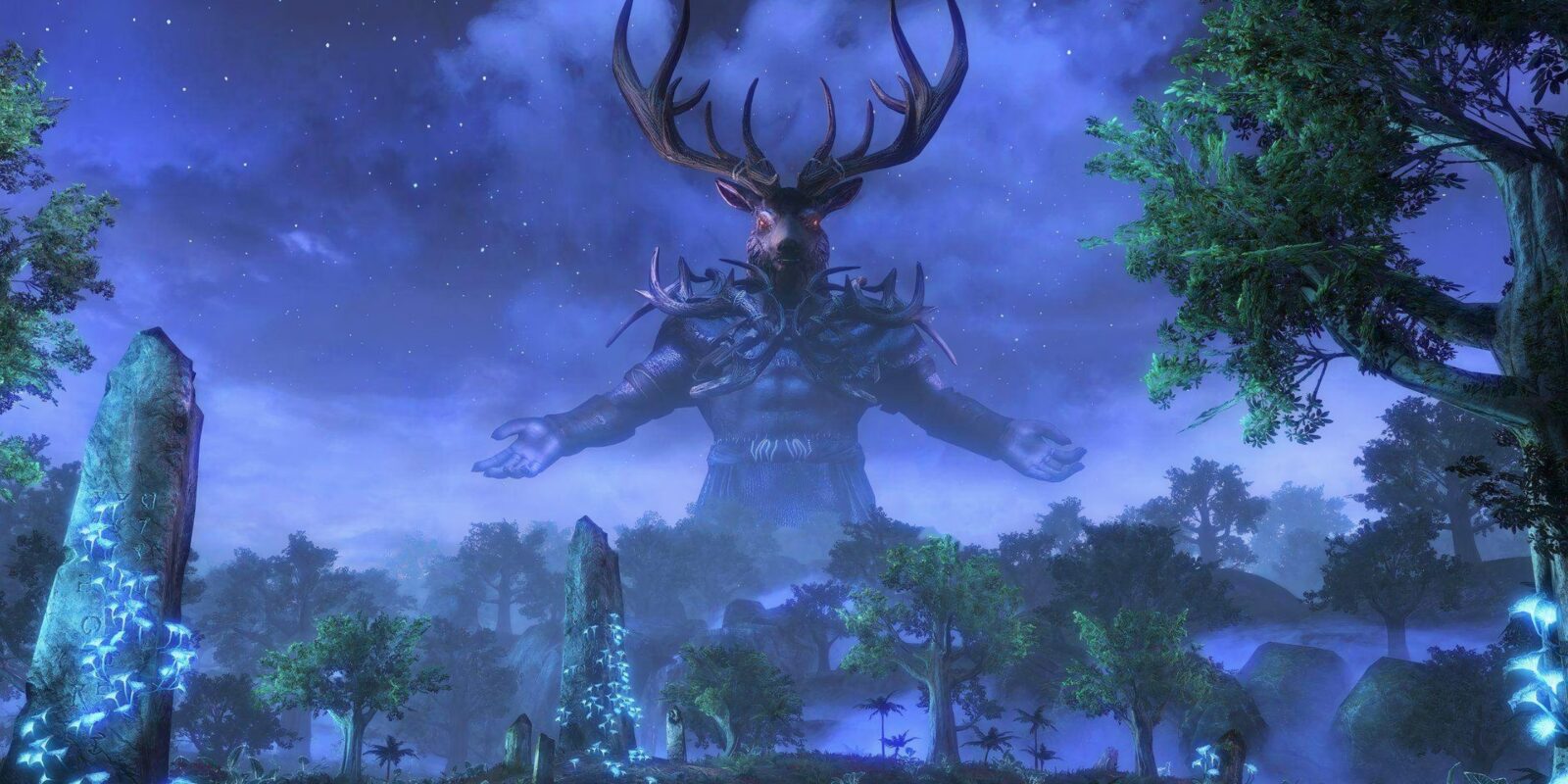
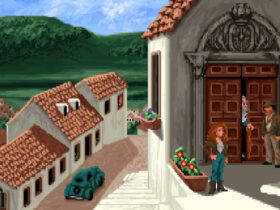






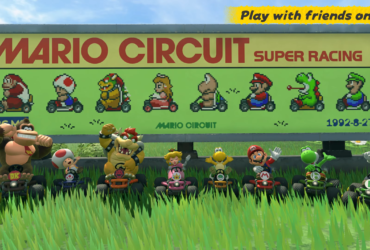




Leave a Reply